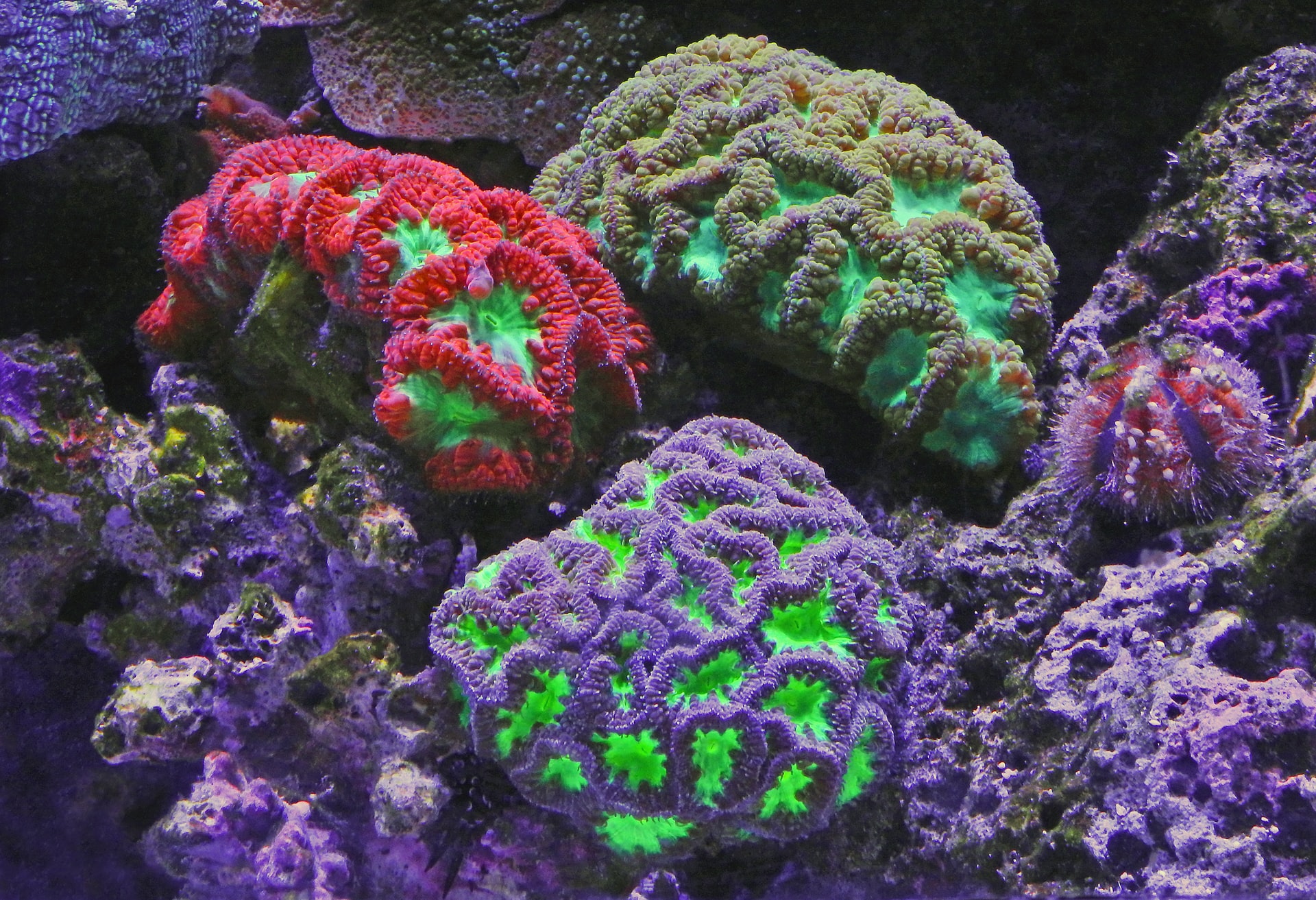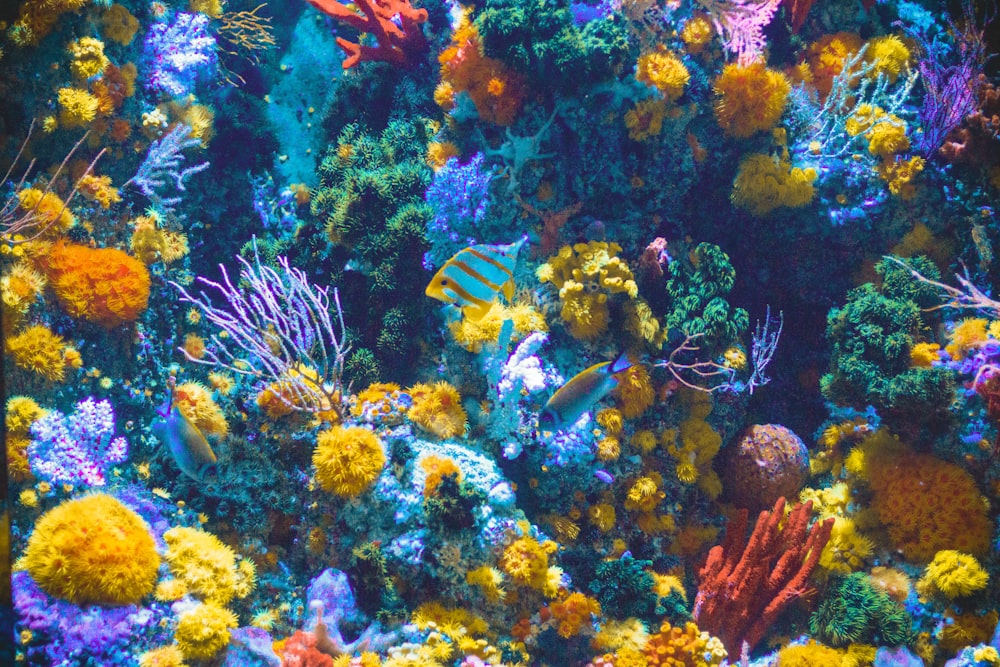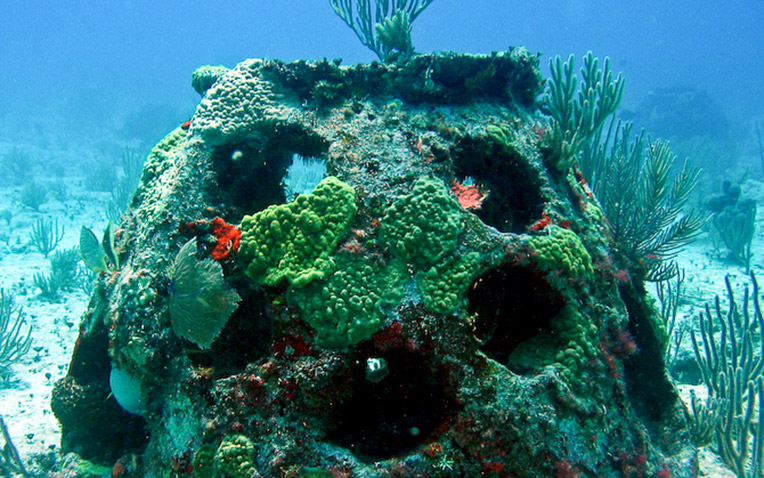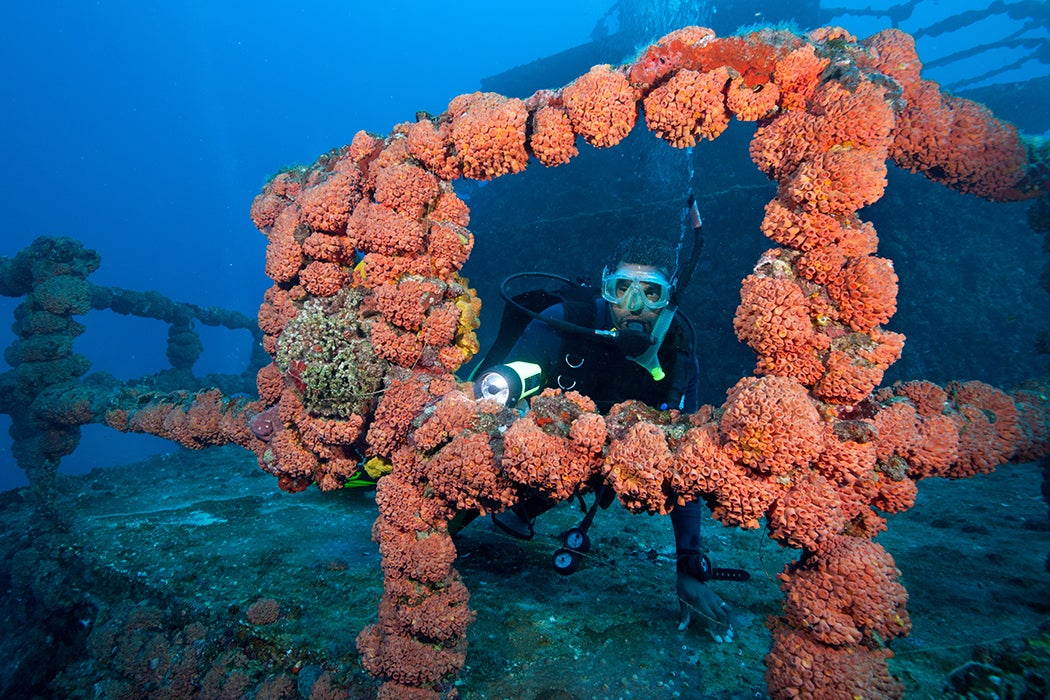Dying to Protect Coral Reefs? We Have Just The Thing For You!

With its vastness and beauty, the ocean has captivated the hearts and imaginations of human cultures for generations. From seaside weddings to lantern lightings and even sea burials, its mystic power has been a common denominator in many religious and cultural ceremonies. The ocean has given us so much, but now that it needs our help, could we give it our all and even more?
The ocean, in all of its mystery and wonder, has inspired intrigue and fear in the hearts of men for ages. Even now, as science has helped us uncover many of its secrets, most of it remains unobserved and unexplored—rivaling only outer space in its sheer ability to baffle us.
What little we do know about the ocean tells us that below its surface lies a busy ecosystem brimming with diverse plant and animal life. It’s also home to coral reefs—vast underwater habitats formed from the skeletal remains of coral polyps. Despite their macabre origins, coral reefs are awash with life. Covering less than 1% of the ocean floor, these diverse ecosystems are home to thousands of species—earning themselves the nickname the “rainforests of the ocean”.

Just like the rainforests, our coral reefs need protecting. Global and human factors like pollution, unsafe fishing practices, climate change, and coastal development have put them in a rough spot—eroding over 50% of the world’s reefs in the past 30 years. Taking action to protect the ocean has never been more important, as scientists now predict that up to 90% of the world’s coral could disappear within the next century. Failing to do so, sea-lovers warn, could have dire consequences for both man and fish-kind.
This is because coral reefs are more than just colorful decorations on the seafloor. While serving as gorgeous tourist attractions, they also offer coastal protection from storms and erosion—acting as a buffer between large waves and important coastlines. Millions rely on them for fishing, and the many unique species living in the reefs offer important breakthroughs in medicine. With all that they do, large-scale reef decay would mean an almost 30 billion dollar loss in revenue from the fishing, tourism, and pharmaceutical industries combined—creating dire consequences indeed.
But through their passion and creativity, sea-lovers have found a new way to help stave off reef decay: by becoming one with them after they’ve passed on.
Memorial Reefs
The idea isn’t new. People have laid themselves to rest at sea for generations, and though they lack the flair and ceremony of Viking sea burials, memorial reefs still carry the same deep meaning. The process is simple; the departed elects to have their ashes incorporated into a sea-friendly concrete mixture and the service uses it to form an artificial reef structure. This reef is then placed in an underwater location chosen by the individual or a loved one where, over time, fish, coral, and sponges begin to grow and make homes in the structure.

These reefs can be personalized as much as the departed or loved one wants, and create a permanent memorial to the deceased while also helping preserve the ocean’s health. Loved ones can visit the reef as often as they’d like, allowing them to see the new life their departed has helped create. Through services like Eternal Reefs, dedicated sea-lovers can find solace in knowing that their fight to protect the ocean continues long after they’re gone.
Artificial Reefs—The Funky Future of Ocean Conservation?
But for those not quite ready to dive in, there are plenty of other solutions for the sea. Marine biologists and ocean-lovers alike have been talking about artificial coral reefs for centuries, with the first man-made reefs being used to improve fishing in 17th-century Japan. However, the reefs of today vastly differ from the rocks and logs fishermen used to attract sea life—having advanced in design and function largely due to the work of Filipino marine biologist Angel Alcala, who designed the first artificial coral reef in 1977.
In the years since the first structure, the artificial reefs off the coast of Dumaguete and Dauin have become both a wonderful tourist attraction and sanctuary for local sea life. True to Alcala’s original designs, the man made reefs of today still consist of sturdy, often metal structures that aim to prioritize coral growth and minimize any disruption to the underwater environment.

Before Alcala’s efforts, artificial reefs were a hit-or-miss endeavor. While some early structures did achieve their goal of preserving fish habitats, others did more harm than good—either being too unstable to promote coral growth or consisting of materials that proved toxic to sea life. These early reefs were a part of the huge learning curve that taught scientists what did and didn’t work for sea conservation, and artificial reefs have come a long way since then.
Reef designs these days are more purposeful, ranging from the elaborate and artistic to the deliberate and inconspicuous. These structures aim to fulfill a myriad of purposes, like attracting divers to relieve tourism pressure on existing reefs, providing vast habitats for local fish to flourish, and adding extra mass and support to deteriorating natural reefs. Though just one of many solutions to coral decay and ocean deterioration, artificial reefs grow more promising and elaborate with time—providing scientists with hope that more creative solutions to coral decay lay just over the horizon.


Leave a Reply